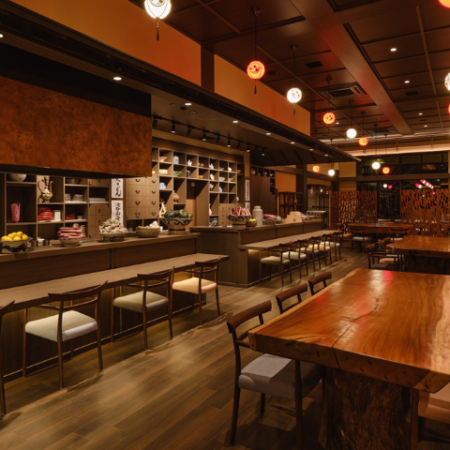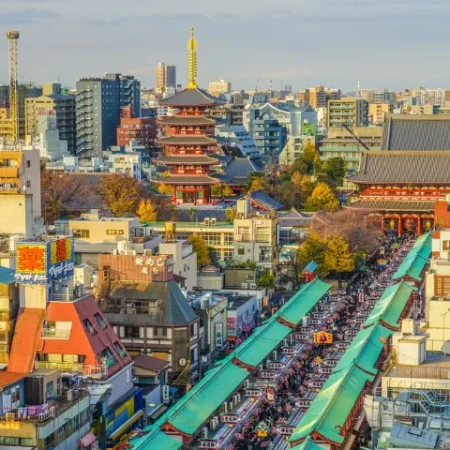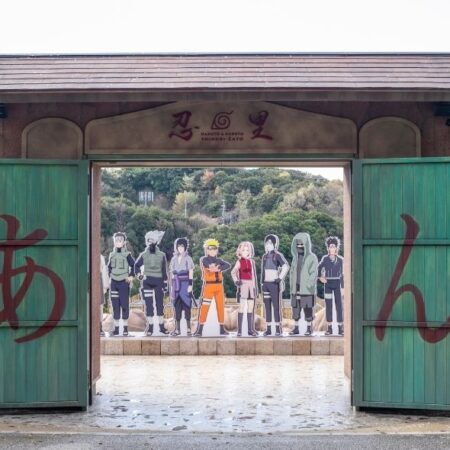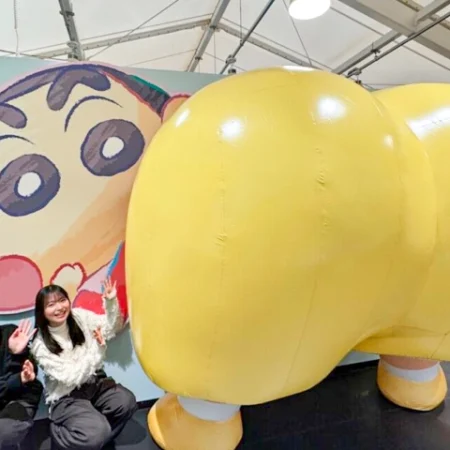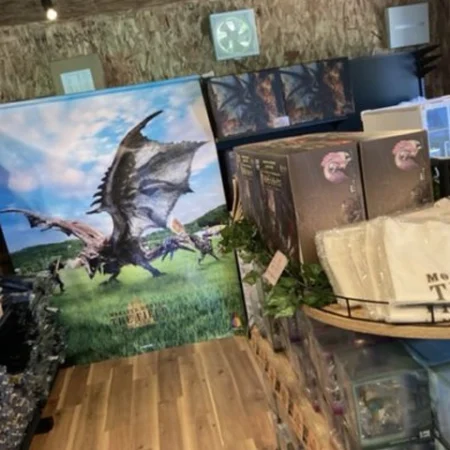Do you know that Awaji Island stands as a hub of incense production? Renowned for its significant role in Japanese incense manufacturing, Awaji Island proudly claims to be the nation’s highest incense producer. In this article, we will explore the process of incense making and introduce “Kunjudo”, a shop where visitors can experience the captivating art of incense making on Awaji Island, the very birthplace of incense.
Table of Contents
- The History of Incense Production on Awaji Island
- How Did Incense Making Begin on Awaji Island?
- The Allure of Awaji Island’s Incense Making & Artistry
- Kunjudo’s Dedication to Incense Making
- Incense Making Experience at Kunjudo
- The Process of Incense Production at Kunjodo
- Chairman Fukunaga’s Message
- Closing
The History of Incense Production on Awaji Island

The history of how Awaji Island became an incense production area is written in Nihon Shoki (the Chronicles of Japan), an official history of Japan. In 595 A.D., a piece of driftwood more than 2 meters in length washed ashore on the west coast of Awaji Island. The islanders thought it was just driftwood and burned it with other fires. However, the smoke emitted a wonderful fragrance. The driftwood was then presented to the Imperial Court and became more and more popular. The very piece of driftwood, that later revealed itself to be agarwood, remains enshrined at Kareki Shrine on Awaji Island.
How Did Incense Making Begin on Awaji Island?

In the old days, the extreme winter of Awaji Island confined even the fishermen, halting their ventures into the seas. On the western coast, home to numerous fishing villages, these fishermen sought alternative pursuits during the frigid months. It was around 170 years ago that Tatsuzo Tanaka, who lived in Ei (Awaji Island), embarked on a journey to Osaka. There, he encountered the art of incense making. Mastering the techniques, he returned to Awaji Island with his artisans, which is said to be the beginning of the spread of incense making on Awaji Island.
The Allure of Awaji Island’s Incense Making & Artistry
With its scant rainfall, Awaji Island stands as an ideal terrain for crafting naturally dried goods, a characteristic that renders it a perfect hub for incense production.
Kunjudo’s Dedication to Incense Making
Working Environment with Commitment
For 30 years, the staff at Kunjudo have devoted the first 30 minutes to an hour of each morning to meticulously tending to their workspace. This ritual stems from their belief that the art of incense making demands a clean environment, a sanctified space fit for creating fragrances intended to honor cherished ancestors. Their commitment to craftsmanship was evident as they shared their work philosophy.
Meticulous Material Selection for Incense Making
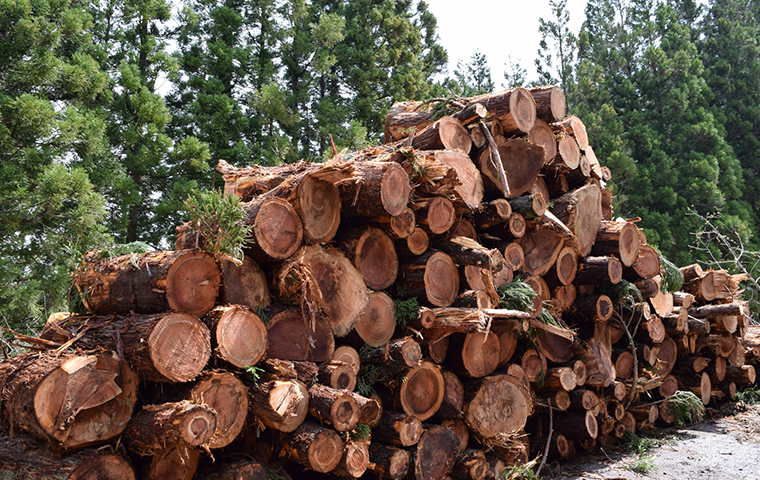
The selection of materials employed in the manufacturing process undergoes meticulous selection. Kunjudo places significant emphasis on environmentally conscious choices, crafting eco-friendly incense sticks by utilizing powder derived from a variety of trees and sustainably thinned forests. The company makes use of things that would normally be thrown away and uses them as resources for incense sticks. Although the final product may exhibit a slightly rough surface, its aroma remains on par with premium alternatives, while its functionality remains unaltered. This epitomizes an incense stick that is friendly to both the environment and people
Product Innovation at Kunjudo
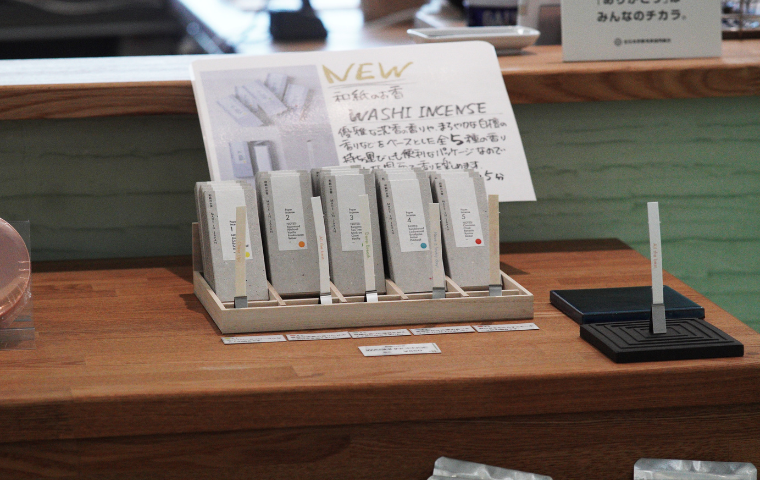
The association between incense sticks and funerals or temples is a common perception for many. However, at Kunjudo, they are dedicated to expanding the horizons of incense usage. This commitment drives Kunjudo to craft products that transcend the traditional mindset, offering alternatives that emit minimal smoke and spare walls from staining. Kunjudo’s principle centers on aligning product development with customer desires, consistently viewing innovation through the lens of customers.
Incense Making Experience at Kunjudo
The incense making experience takes about 40 minutes and is an activity that can be easily participated in by anyone from small children to adults.

There are three different colors and seven different scents to choose from. When guests participate in the incense making as a group, they can mix colors and customize the scents to broaden the range of enjoyment.
Upon introducing water to your selected powder, guests can witness a gradual transformation of color. As guests vigorously blend the powder, a mild force triggers its solidification.
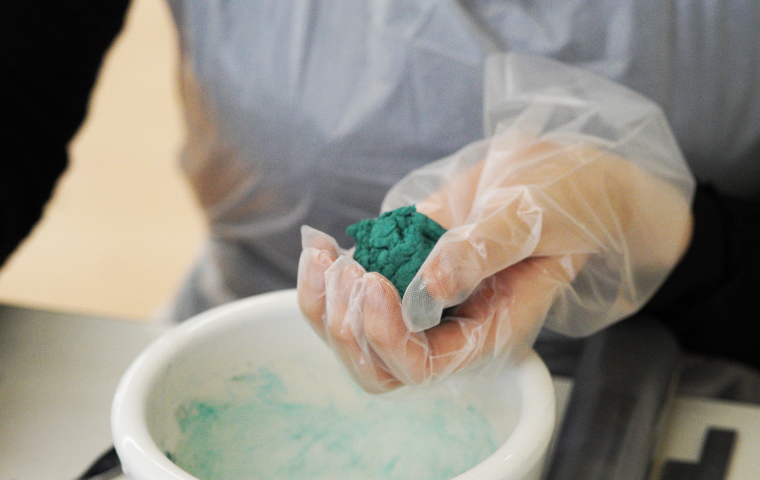
Once the powder has hardened, use a stick to roll it out to a uniform thickness. Repetitive stretching and folding cycles work to eliminate inconsistencies in both color and aroma
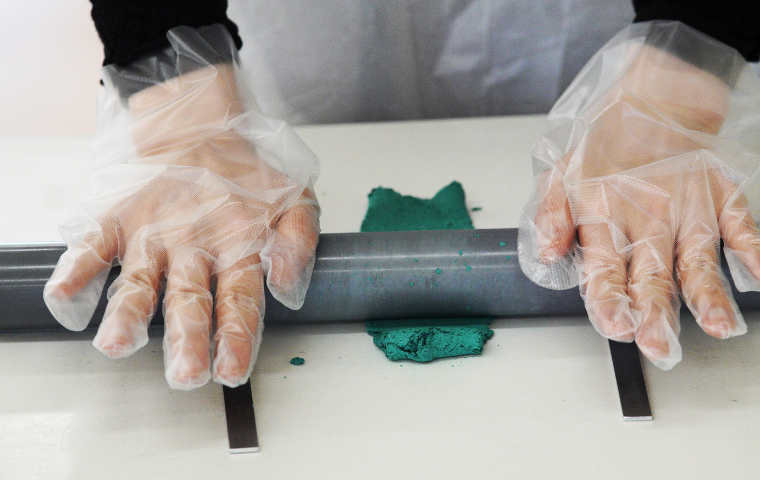
The next step is shaping and refining the materials to achieve the desired shapes. This resembles the process of crafting cookies, efforts particularly delightful for children.

Lay them gently onto the cardboard surface. After allowing them to dry in a shaded location, away from direct sunlight, for a span of 3 to 4 days, the product is complete.
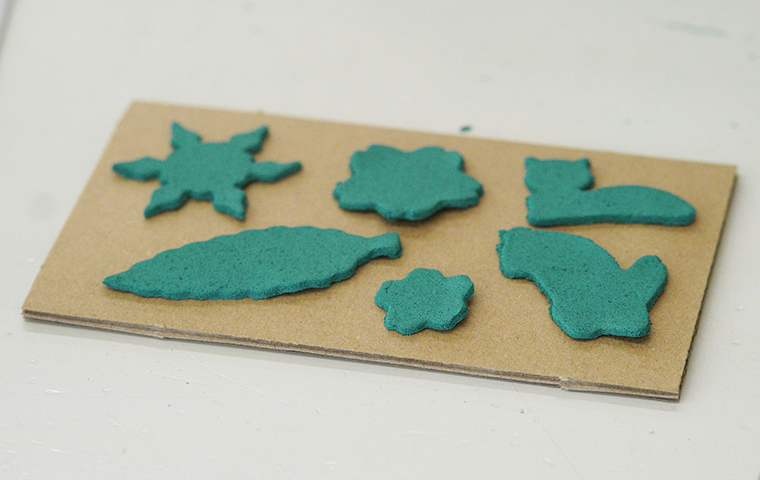
The Process of Incense Production at Kunjodo
1) Preparation
This is the process of mixing various ingredients such as tree bark, glue, scent, and others. The specifics remain guarded as a company secret.
2) Kneading
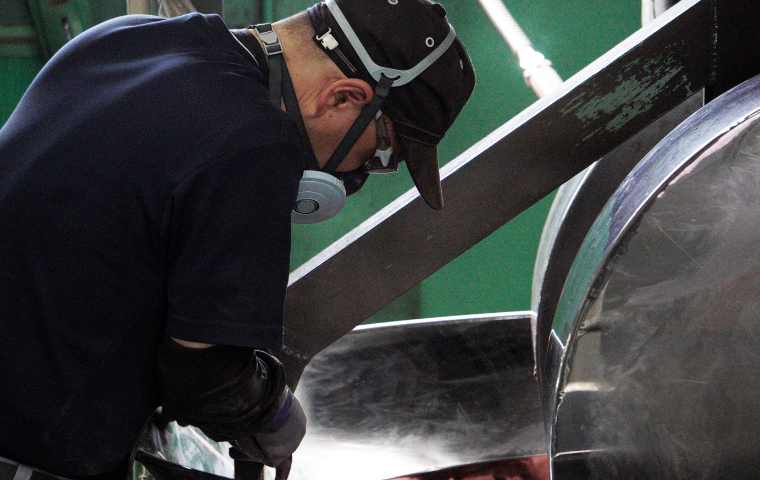
This is the process of kneading incense. Powder and fragrance ingredients are mixed, and then hot water of about 70℃ is poured into the mixture and kneaded until it becomes clay. It takes about 20 to 30 minutes. 80 kg of incense is kneaded at one time, and about 3,000 boxes are produced. The kneaded product is made into a lump of about 10 kg and left overnight until it reaches room temperature.
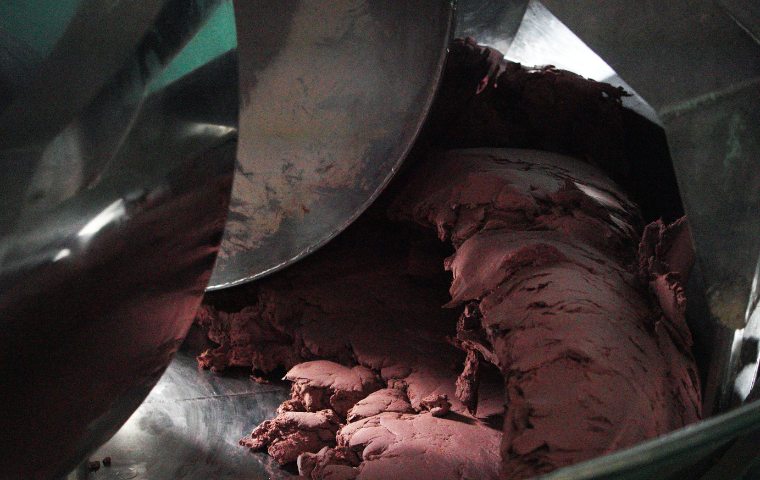
3) Molding
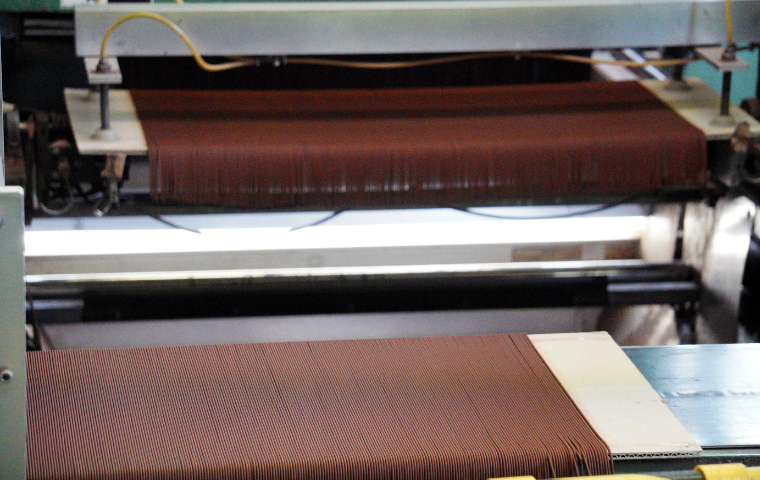
This is the process of shaping the incense sticks. The clay-like material is passed through a machine and comes out in the shape of incense sticks. The ends of the incense sticks are cut to a certain size and hung down. The cut-off pieces are also recycled.
4) Drying

This is the process of drying the incense sticks to make them into finished products. Incense sticks are dried for one day in a drying room with a room temperature of 30°C and a humidity of 40%. Upon reaching complete dryness, the incense sticks are noted to exhibit a slight reduction in length.
5) Inspection
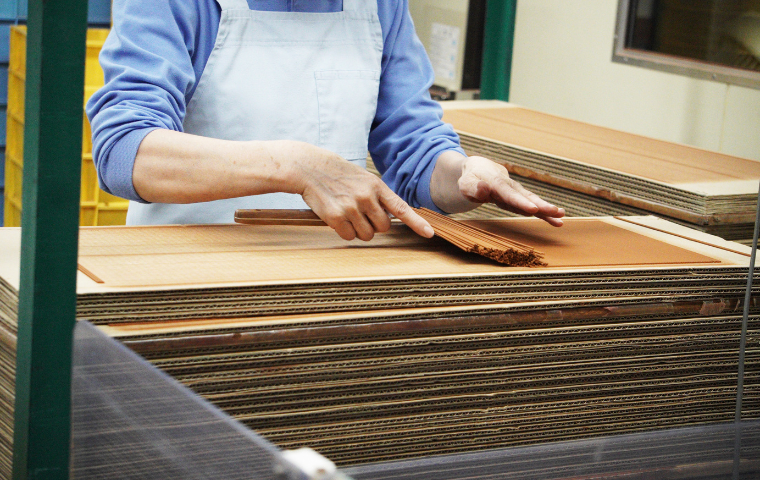
Incense sticks that have finished drying are inspected by hand.
6) Packing into Boxes

After undergoing meticulous inspection, the incense sticks are packed into boxes or bundles, each allocation tailored to the specific product category.
Chairman Fukunaga’s Message
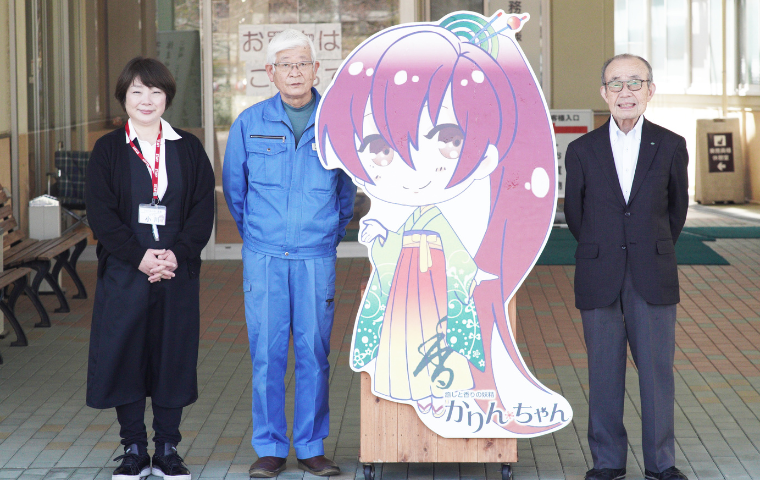
In the past, Japanese culture minimized body odor due to dietary practices, resulting in a lesser emphasis on enjoying fragrance compared to Europe and other regions. This linked incense strongly with Buddhism and funeral rituals. However, with the evolving global culinary scene, modern Japan seeks more opportunities to appreciate fragrances. Mr. Fukunaga aims to reshape the image of incense through incense making experiences, providing a shop to enjoy scents beyond traditional contexts. The incense making experience holds the aspiration of leaving a lasting impression on people who were born and raised on Awaji Island. He envisions that those born and raised on Awaji Island will fondly recall this experience.
The inception of the incense making experience at Kunjudo can be traced back around two decades, arising in the aftermath of the Great Hanshin-Awaji Earthquake. Amid the process of reconstructing the building, Mr. Fukunaga voiced his aspiration: “I aim to simplify access for people to come, witness, and acquire incense. Furthermore, we envision establishing an environment where individuals can enjoy the incense making experience”.
Access and Details
Address: 1255-1 Taga, Awaji City, Hyogo Prefecture
Parking: Free parking (15 regular cars, 6 large buses)
Telephone number: 0120-756-583
Web site: https://www.kunjudo.co.jp/
Incense making experience: 1,000 yen (tax included) (includes a 300-yen shopping voucher to be used at the shop)
Please make a reservation in advance to try the incense making experience.
Closing
Throughout this article, we have delved deep into the manufacturing process, the incense making experience, and the rich history of incense on Awaji Island. Kunjudo stands firmly committed to a diverse product landscape, expanding beyond traditional offerings to include new ways of enjoying incense, which is elegant, accessible, and engaging. We extend an invitation to visit when you find yourself on Awaji Island, inviting you to partake in this unique journey of fragrance.




